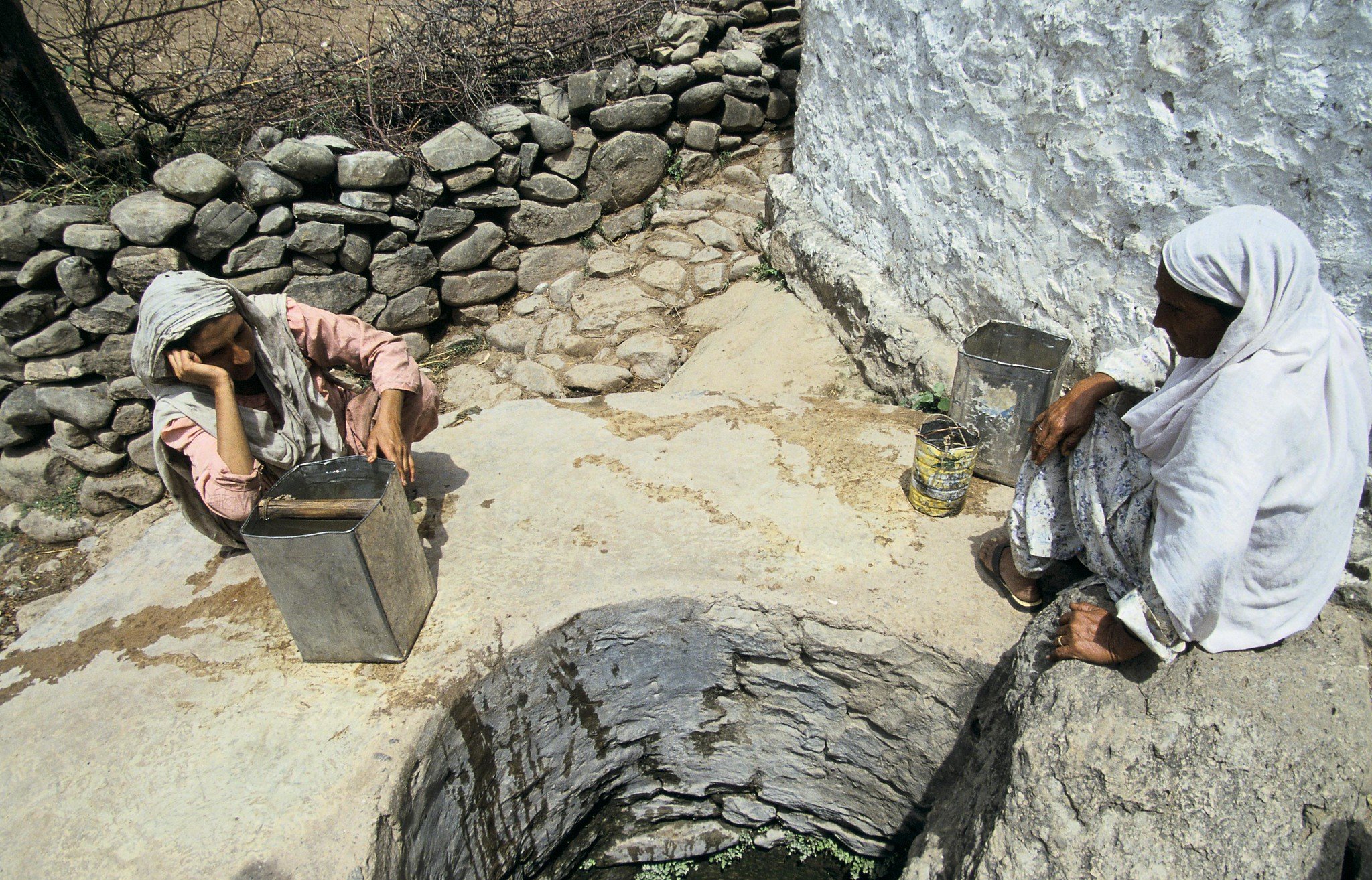The approval of a water policy package comprising a policy and a Charter by Pakistan’s Council of Common Interests on April 23 represents a historic milestone given the lingering, perennial disputes between the Punjab and Sindh provinces which had impeded the formulation of a national water policy. The 41-page National Water Policy (NWP) is unexceptionable. It addresses almost all relevant issues concerning the management of water resources and responds to the concerns of stakeholders and reflects the inputs provided by Pakistani and external experts during the past decade and a half. The shorter, 4-page Charter is meant to highlight both the seriousness of “the looming shortage of water” which poses “a grave threat to (the country’s) food, energy and water security” and constitutes “an existential threat…”as well as “the commitment and intent” of the federal and provincial governments to make efforts “ to avert the water crisis”.
Anchored in the paradigm of integrated water resource management the Water Policy outlines a framework for interventions by the federal and provincial governments to address various issues driving declining supply and deteriorating quality of water threatening the prosperity and health of a rapidly growing population. The policy embraces the recommendations of the National Climate Change Policy (2012) to counter the adverse effects of climate change, in particular extreme weather events such as floods, prolonged droughts, and heat waves as well as the rising sea level inundating coastal land and aquifers. The policy provides for augmenting the country’s meagre water storage capacity through building of large and smaller dams to cope with seasonal variations in water supply. It calls for rehabilitation of the country’s water infrastructure; regulating and curbing the current excessive abstraction of groundwater; reducing the demands of water user sectors, especially agriculture which uses 95% of available supply and strengthening the capacities of federal and provincial water resource development and management institutions.
The most remarkable provisions of the NWP are the proposed substantial increase in the public sector investment for the water sector by the Federal Government from 3.7% in 20017-18 to at least 10% in 2018-19 and 20% by 2030; the establishment of an apex body to approve legislation, policies and strategies for water resource development and management, supported by a multi- sectoral Steering Committee of officials at the working level; and the creation of a Groundwater Authority in Islamabad and provincial water authorities in the provinces. Given Pakistan’s unenviable record in implementing most environmental policies coupled with the current crippling fiscal constraints, the increased allocation for water sector in the new budget is indeed admirable.
Critics will lament the exclusion of civil society representatives in the Steering Committee in utter disregard of their invaluable contributions to the promotion of policies and actions on equitable and sustainable water resource management. The absence of a commitment to guide gender mainstreaming in water-related initiatives is conspicuous and indefensible.
The NWP recognizes Pakistan’s critical dependence on transboundary rivers from across its borders in India and Kashmir as well as Afghanistan from where the Indus and its three tributaries transit to its territories. It specifically acknowledges the whopping 21 million acre feet (MAF) contributed by the Kabul River representing 16% of the flows in the entire Indus River System. However, the NWP’s references to transboundary rivers reflect more Islamabad’s worries about the impact of “existing and planned… developments (read Indian hydropower projects) on the western rivers” on “water availability to the disadvantage of Pakistan” rather than a vision linked to article 7 of the Indus Waters Treaty on ‘Future Cooperation’. Without even mentioning India, the policy promises four initiatives to safeguard the country’s water-related interests. It states that “a mechanism shall be worked out for sharing of trans- boundary aquifers and joint watershed management, including sharing of composite real- time flow information especially relating to hydro-meteorological disasters/disaster–like situations endangering Pakistan’s important infrastructure, communication network and economy”. The 1960 Indus Waters Treaty provides for sharing of available information and data but says nothing about aquifers and protection of watersheds of the western rivers.
Second, the NWP proposes to look into “regional mechanisms” for alleviating Pakistan’s “growing vulnerabilities” to “hydro-meteorological disasters owing to trans-boundary releases and stoppages at critical times”. The authors of the NWP seem to be unaware that at present there is no regional mechanism in South, West, and Central Asia dealing with transboundary rivers. Further, Pakistan’s fears concerning excessive releases of water or stoppages of flows by India would need to be meticulously probed and substantiated.
Third, the NWP has undertaken to carry out a “study… to evaluate the impact of developments in the upper catchment of the Western Rivers” on Pakistan’s environment, agriculture and hydropower projects” which would also recommend measures to “minimise these impacts within the framework of the Indus Waters Treaty and international water laws”. Similar suggestions were considered by Indian and Pakistani experts and civil society representatives in several Track 2 dialogues concerning the Indus Basin held during 2008-10 whose implementation would depend on decisions taken by the two governments.
Fourth, the NWP promises to explore measures “to preserve the environmental integrity of the (Indus Basin) system to reduce hazards faced by the population of areas of Eastern Rivers on the Pakistan Side keeping in view the rights of lower riparian.” This evidently reflects a widespread global consensus on the imperative of environmental flows in rivers. Significantly, the decision (Final Award) of the Permanent Court of Arbitration (PCA) concerning the India–Pakistan dispute over the Kishenganga hydropower project issued in December 2013 had noted that the Court would have to give due regard to “the customary international law requirements of avoiding or mitigating transboundary harm and of reconciling economic development with the protection of the environment “.
It goes without saying that as in the case of the third suggestion, progress on this subject is predicated on the willingness and ability of the Indian and Pakistani governments to carry out a comprehensive dialogue aimed at promoting basin-wide cooperation concerning the Indus Basin within and beyond the provisions of the Indus Waters Treaty. Regrettably, the current state of relations between the two countries would seem to rule out the prospects for such a dialogue any time soon.






![The IUCN team training refugees on how best to respond to elephants [image by: IUCN/Tarik Kabir M.A. Motaleb]](https://dialogue.earth/content/uploads/2018/05/elephant-training-300x165.jpg)


